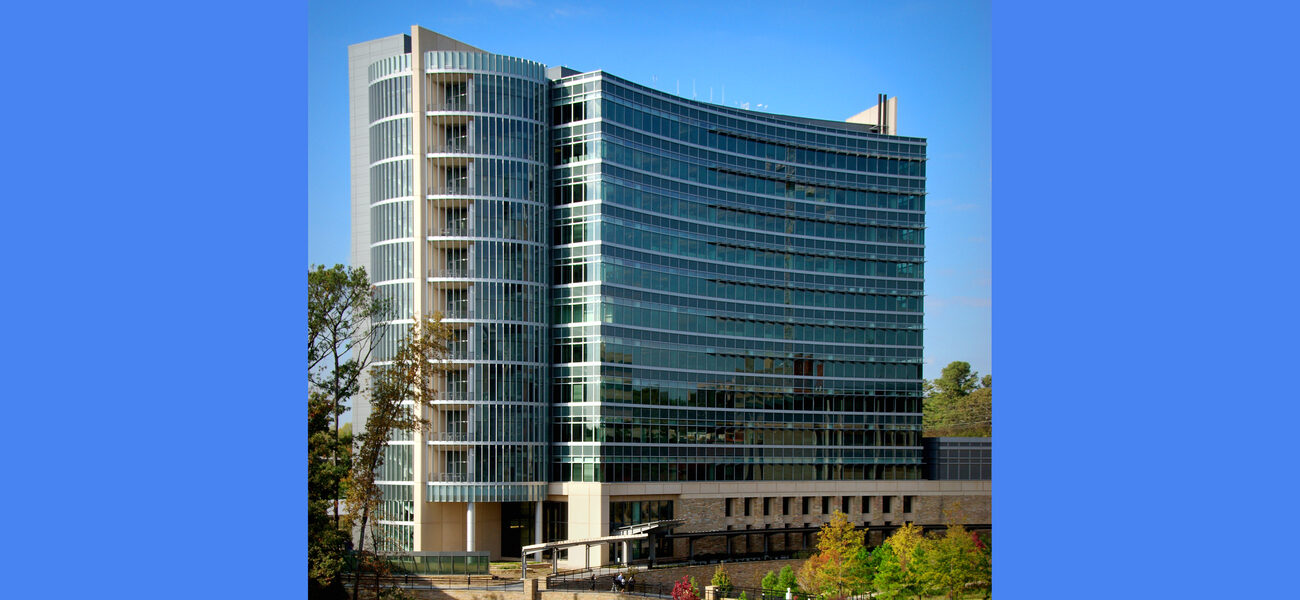Federal financial measures have been approved in the past few weeks to shore up the economy during the COVID-19 pandemic, with direct monetary assistance and business loans totaling $5.5 trillion, and more support and flexibility for research universities and government contractors. The federal stimulus package—the Coronavirus Aid, Relief, and Economic Security (CARES) Act—is intended to pump $2.2 trillion dollars into the economy, primarily in the healthcare and research sectors, and to provide emergency relief to institutions, businesses, and workers whose livelihoods have been impacted by the pandemic. The specifics of how it will be implemented are still evolving, and it is likely that additional stimulus bills will be considered in the coming months, including investments in infrastructure for the nation’s research enterprise.
The CARES Act allocates billions of dollars to the National Institutes of Health and the US Centers for Disease Control and Prevention for preventing, preparing for, and responding to coronavirus domestically and internationally. The funding will be available through September 2024. The CDC will receive $4.3 billion in new funding, which includes $1.5 billion for joint initiatives with state and local governments. The NIH has been allocated $945.4 million for:
- The National Institute of Allergy and Infectious Diseases – $706 million
- The National Heart, Lung, and Blood Institute – $103.4 million
- The National Institute of Biomedical Imaging and Bioengineering – $60 million
- The National Library of Medicine – $10 million
- The National Center for Advancing Translational Sciences – $36 million
- The Office of the Director of the NIH – $30 million
The stimulus also allocates $140.4 billion for the Department of Health and Human Services:
- $127 billion for emergency public health and social services
- $16 billion to replenish the Strategic Stockpile of medical equipment and supplies
- $3.5 billion to the Biomedical Advanced Research and Development Authority (BARDA) for the manufacturing, production, and purchase of vaccines, diagnostics, and treatments, in conjunction with pharmaceutical companies
The CARES Act provides $14.3 billion for colleges and universities whose research has been threatened and revenue stream decimated by the order to shutter campuses mid-semester. Half of the money each university receives must be spent on student aid, with the rest available to offset losses. An additional $1 billion was allocated for research related to COVID-19, and teaching hospitals may be able to access $100 billion earmarked for healthcare providers. Missing from the bill is funding for the salaries of graduate students and post-docs who cannot access their labs. It also does not cover the expense of shutting down on-going research, and then restarting it when the crisis has passed.
The White House Office of Management and Budget, in response to a plea from research institutions, relaxed the deadline requirements imposed on grant recipients whose research has been put on hold as a result of the pandemic.
In addition to funding for research, the CARES Act also establishes the Paycheck Protection Program, which authorizes the Small Business Administration to lend as much as $10 million (or 250 percent of average monthly payroll, whichever is less) to businesses that employ 500 or fewer workers or fall below the SBA’s small business size standards. That could be a boon to many construction firms whose work has been halted or downsized. The loans may be used for payroll, group health care benefits, salaries and commissions, interest on mortgage loans, rent, utilities, and interest on other debt obligations incurred before Feb. 15, 2020.
And last week, the Federal Reserve announced plans to bolster the Paycheck Protection Program by making $2.3 trillion available for loans to medium-sized business and to purchase as much as $500 billion in short-term notes form states and large counties.
The Department of Defense has issued its own “Class Deviation” to reimburse defense contractors, including those operating under fixed-price contracts, for certain paid leave requirements related to the pandemic.
The US stimulus so far has been focused on treatment, response, and research—including $1.32 billion for community health centers—rather than on facilities infrastructure. That is not the case in other countries.
The Australian government, for example, is investing $220 million to modernize the four main labs in the Commonwealth Scientific and Industrial Research Organisation’s Geelong laboratory, which is in the process of testing two COVID-19 vaccines. The work is scheduled to begin in two years. The BSL-4 lab, currently known as the Australian Animal Health Laboratory, will be renamed the Australian Centre for Disease Preparedness.
By Lisa Wesel
